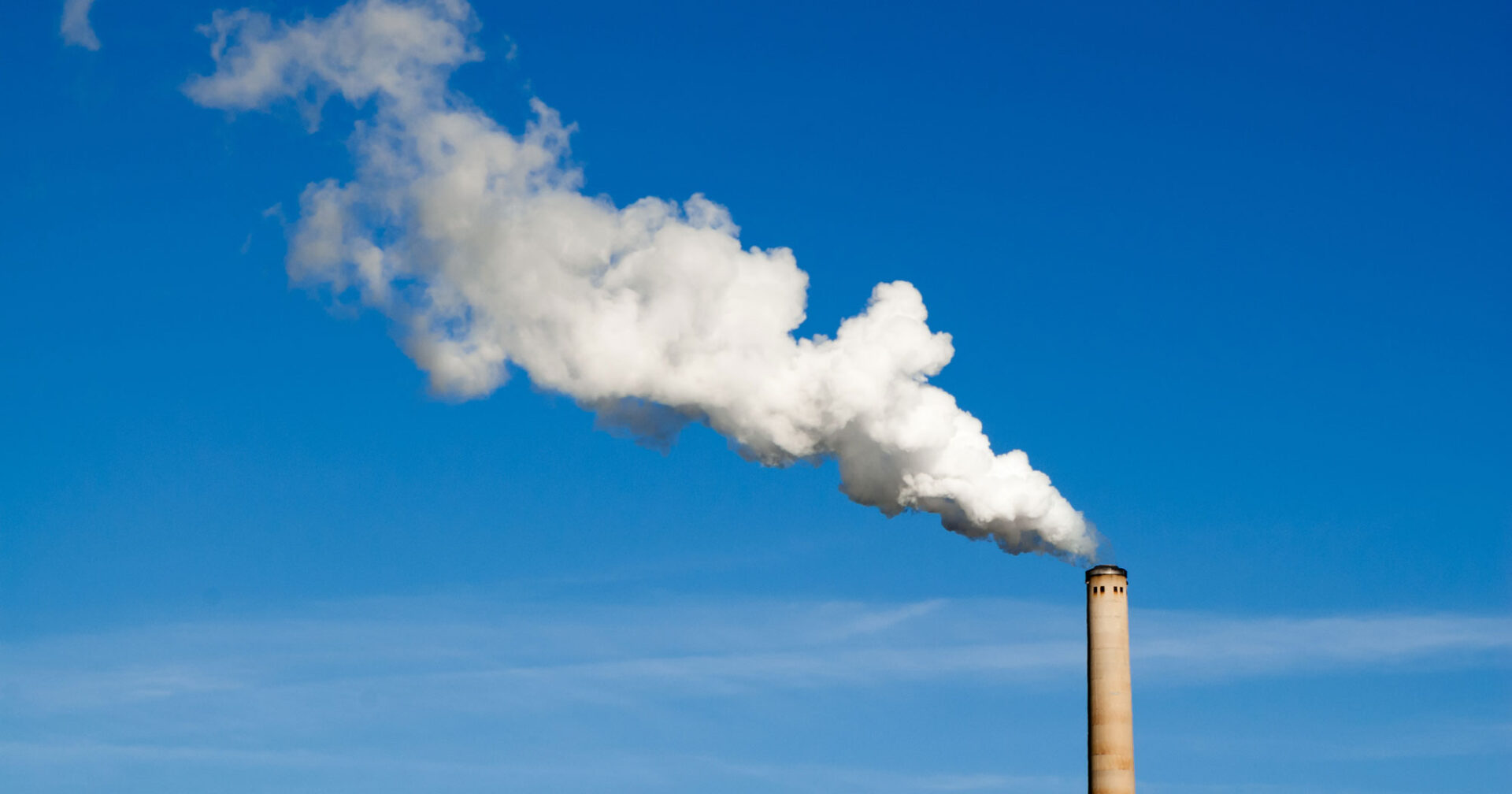Re-using gases like CO₂ from industrial off-gas is desirable but will require large investments. The economic risk is increased by the fact that the rules for how you pay for emissions are changing continuously. In this respect, the European Union’s regulations on emission allowance allocation and -price are particularly important. However, there are also other, less well-known regulations which will be equally important.
The potential of industrial off-gas
At the FME HighEFF research centre, we have mapped up how you can make use of off-gases from metallurgical smelting furnaces. We have seen that there are many different ways to use off-gases in general, but also that an off-gas with high levels of carbon monoxide (CO) is different from one that primarily consists of carbon dioxide (CO2). A CO-rich gas can both be easier to use and be used for more purposes.
This mapping has indicated several important areas for research and technology development. We also see that, for the industry, it is quite difficult to choose between the different, already existing solutions. In order to make solid business cases to decide how to best make use of a CO-rich off-gas, the industry must know which regulatory frameworks to consider – not just now but also in the future.
This work is motivated by international climate agreements, which stipulate that the world must limit global warming to a maximum of 2 degrees Celsius. European directives pushing the green transition are being implemented, not least as a consequence of the European Green Deal. The regulations within the EU will strongly affect what is permitted also here in Norway. Several important regulations which affect the framework for Norwegian industries are also currently undergoing alterations, updates or are about to be phased in or out.
Emissions regulations affect off-gas reuse
Important European regulations are, for example, the Emission Trade System (ETS). Within the ETS, the allocation of free emission allowances is particularly important for the metal producing industry. The free allowances are intended to protect vulnerable industries against so-called carbon leakage. Carbon leakage is when production is moved from one country with strict emission regulations to another country which either completely lacks such regulations or where the regulations are not as strict. Europe is currently preparing for the phasing in of a new protective mechanism called CBAM (Carbon Border Adjustment Mechanism). CBAM will take over the function of the free allowances which will successively be phased out. This will be extremely influential for deciding which measures are economically viable in the future and which to steer away from.
Carbon monoxide is toxic, but combustible; it can be burned into CO2. It is, for example, possible to burn the gas in turbines to produce electricity. Apart from combustion though, the CO can be used as a chemical. If CO is combined with hydrogen, the resulting gas mixture is called synthesis gas or syngas for short. Syngas is the feed stock for many processes which, among other things, produce chemicals, fuels, and polymers (e.g. plastic materials).
If we can replace fossil natural gas by CO-rich off-gas as feedstock for such processes, we will be able to reduce the total emissions. However, implementing such a replacement requires significant investments, which are more likely to happen if plant owners perceive them to be economically sensible over time. Current regulations encourage reuse of excess heat from the combustion of CO but provide little to no incentive for plant owners to invest in even more climate-efficient options. Tweaking regulations to e.g. stimulate production of high-quality energy products (such as electricity or syngas production) may well be a path worthy of exploration for policymakers.
That being said, even the best regulatory frameworks will be increasing the risk of investments if they are not perceived to be stable and reliable over time. Policymakers must therefore strike a balance between improving regulations and keeping them stable and predictable.









Comments
No comments yet. Be the first to comment!